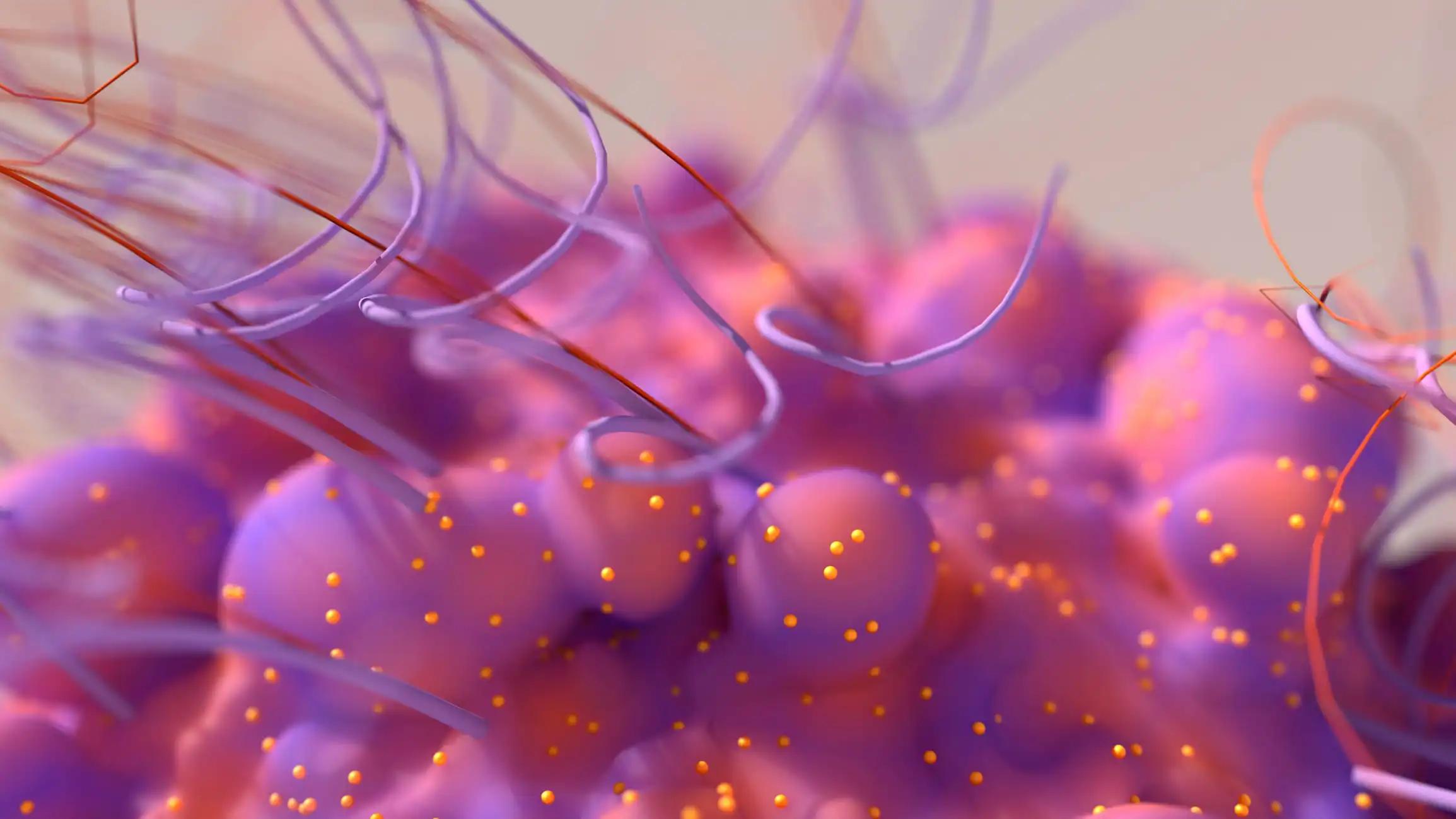KEY TAKEAWAYS
- The phase III trial aimed to evaluate the efficacy of neoadjuvant vemurafenib and cobimetinib in BRAF-mutant melanoma pts, including resectability, pCR, local recurrence, and survival outcomes.
- The study’s endpoints were resectability, RR, pCR, LRFS, DMFS, DFS, and OS.
- The study found that neoadjuvant vemurafenib and cobimetinib improved survival outcomes in resected bulky nodal melanoma pts.
Melanoma patients (pts) with palpable lymph node metastases have a poor prognosis, with most recurring within the first few years after surgery and a 5-year survival rate of 20-50%. Researchers aimed to evaluate the efficacy of neoadjuvant vemurafenib and cobimetinib in BRAF-mutant melanoma pts, including resectability, pathological complete response(pCR), local recurrence, and survival outcomes.
Pts with histologically confirmed BRAF V600 mutated Stage IIIB and IIIC melanoma (AJCC 7th Edition) and palpable nodal disease received vemurafenib (960mg PO BID) and cobimetinib (60mg PO OD) for 4 months before resection, followed by 8 months of adjuvant therapy post-surgery. CT scans were conducted at baseline, pre-resection, every 6 months for the first 3 years, and yearly in years 4 and 5. Baseline biopsies were performed before initiating therapy for correlative studies and diagnosis. Primary outcomes included the proportion of pts achieving resectability, radiologic response per RECIST, and the proportion achieving a pCR. Presented outcomes encompass local recurrence-free survival(LRFS), distant metastasis-free survival(DMFS), disease-free survival(DFS), and overall survival(OS).
Of the 24 enrolled pts receiving neoadjuvant vemurafenib and cobimetinib, 21 underwent resection. Following resection and pathological evaluation, (57% 95% CI 34.02-78.18) achieved a pCR, 8 (38%; 95% CI 18.11-61.56) had a partial pathologic response, and 4% had no pathologic response. Among the 24 pts, 8% developed local recurrence, 25% developed distant metastasis, and 33% experienced either local or distant recurrences. About 29% died due to metastatic disease. At 60 months, LRFS was 89.5% (76.7-100%), DMFS was 75.0% (59.5-94.5%), DFS was 85.7% (72.0-100%), and OS was 63.9% (95% CI 43.5-93.8%). Among the 20 evaluable pts, 85% had CR/PR, and 15% had PD/SD as the best response. No significant difference was observed between pts with CR/PR or SD/PD (log-rank p-value = 0.0548), with a 48-month survival of 82.4% for the CR/PR population compared to 33.3% for those with SD or PD.
The study found that neoadjuvant vemurafenib and cobimetinib improved survival outcomes in resected bulky nodal melanoma pts.
Source: https://ascopubs.org/doi/abs/10.1200/JCO.2023.41.16_suppl.9579#:~:text=
Clinical Trial: https://www.clinicaltrials.gov/study/NCT02036086
Teresa M. Petrella, Catalin Liviu Dragos Mihalcioiu, Carolyn Nessim, Alan Spatz, Ian Watson, and Frances Catriona Wright. DOI: 10.1200/JCO.2023.41.16_suppl.9579 Journal of Clinical Oncology 41, no. 16_suppl (June 01, 2023) 9579-9579.



